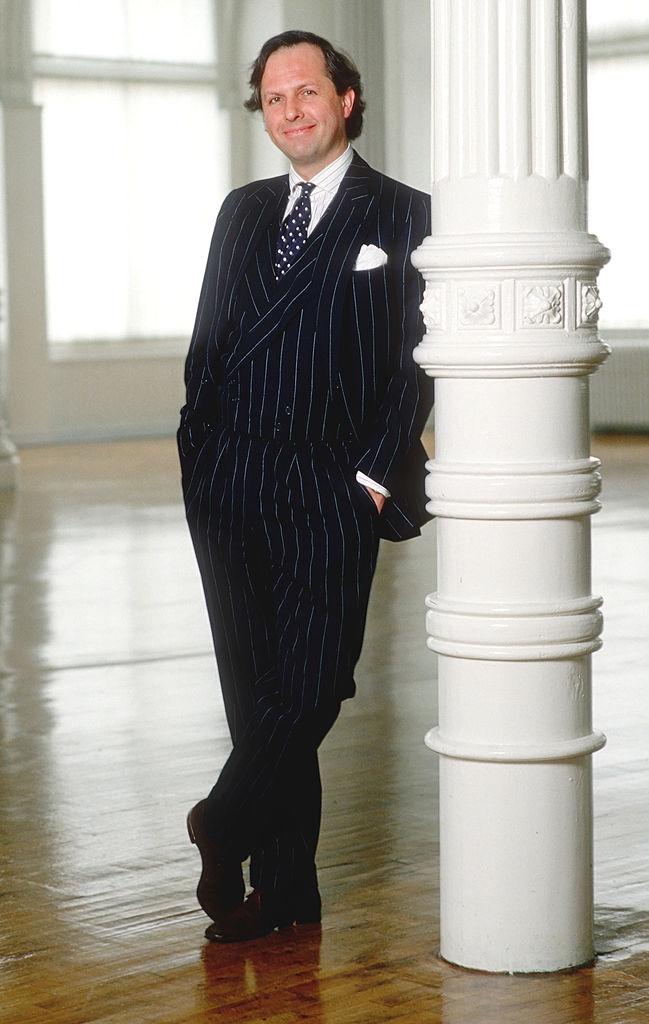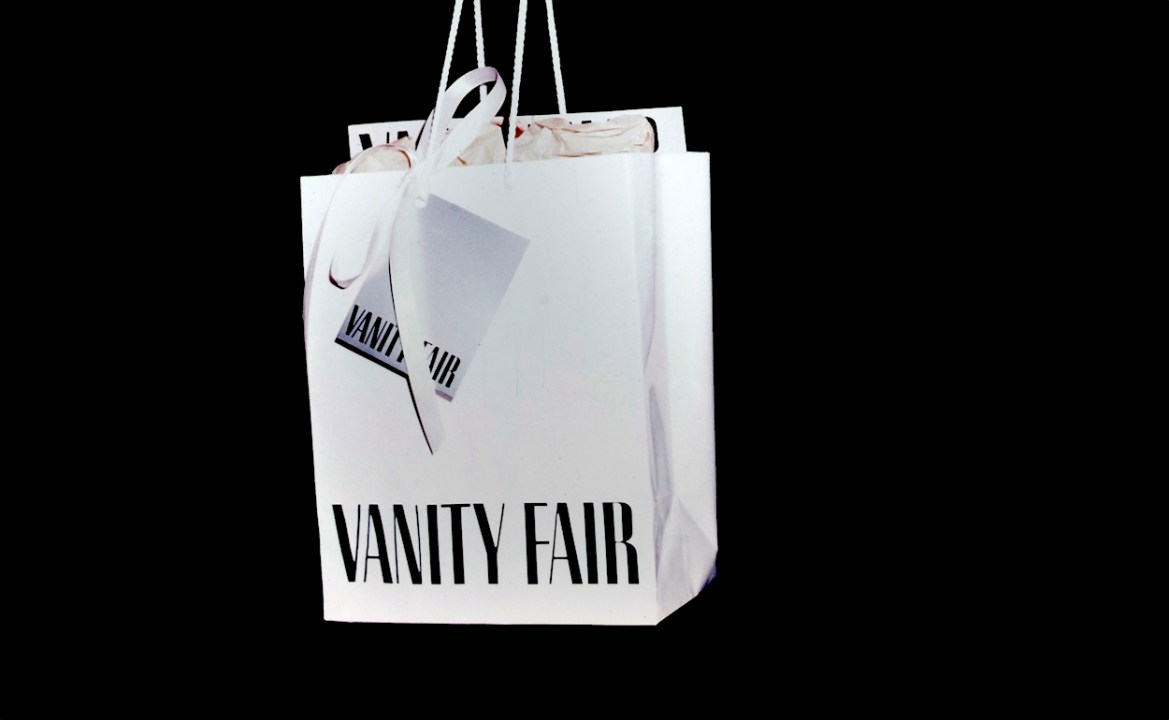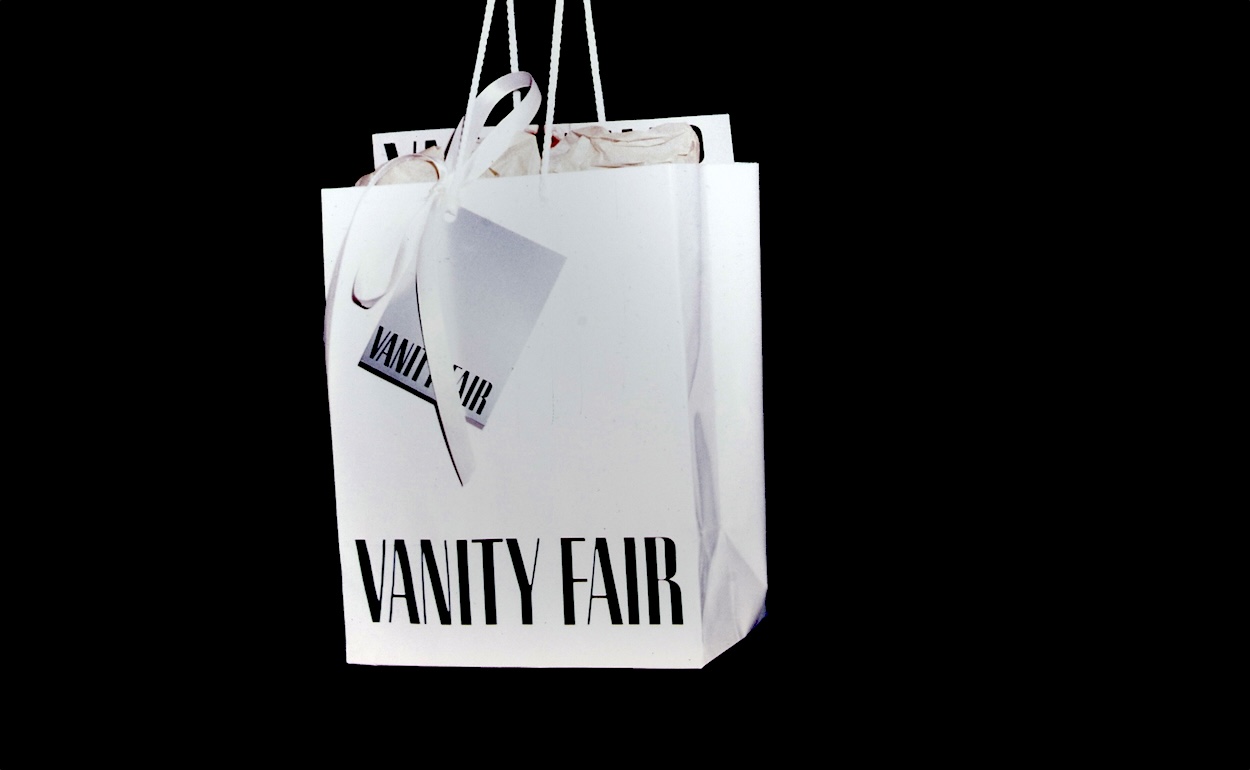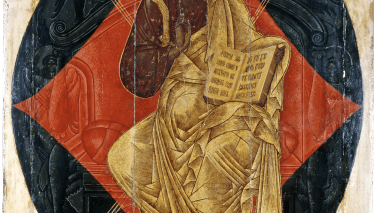The last time I saw Graydon Carter, editor of Vanity Fair for 25 years, he was strolling along Jermyn Street in London. Graydon was a media-land acquaintance from LA and New York where I worked as a journalist in the 1990s. We gossiped affably for a few minutes about mutual British friends before heading back to our different lives (him to a suite at the Connaught, me to a rented flat in Pimlico).
It wasn’t until I read his entertaining new memoirs, When the Going Was Good, that I realised quite how very different our lives had become ever since I met him at Vanity Fair’s first Oscar party in 1994. Graydon and his team of fixers quickly won over Hollywood by adapting the 1990s media mogul spending mantra of: ‘I gave my wife an unlimited budget and she exceeded it.’ Within a few years, A-listers were begging for invites and I was off the list because, out on the West Coast, the Times of London’s LA correspondent was a nobody.
This culture of almost Medici-like extravagance and salary excess turned Condé Nast into a glossy Mid-Atlantic media court to which a whole generation of US and UK writers (including would-be novelists) and editors (also would-be novelists) gravitated. We felt like the ambitious and money-starved artists who flocked to the Italian Renaissance courts, such as young Leonardo da Vinci, who was a party organiser, set painter and lute player to the Duke of Milan. In his lunch meetings with the owner of Condé Nast Si Newhouse, Carter portrays him as a 20th-century Lorenzo de’ Medici, handing out artistic patronages like a media pope.
‘If Si wanted a writer or photographer,’ writes Carter, ‘he went after what he wanted.’ And usually got it. These included big-names like Christopher Hitchens and Michael Lewis (who began his career in London writing for The Spectator under Dominic Lawson).
There was once a deadlock in contract negotiations between the magazine and the agent of their star photographer Annie Leibovitz which came down to $250,000. ‘Oh, give it to her,’ said Newhouse, not wanting to ‘nickel-and-dime’ her. On another occasion, even Carter’s jaw dropped on seeing the extravagance of food (mostly untouched) at a single photo shoot, which cost more than the total editorial budget of a normal monthly magazine.
My eyes, as a money-conscious magazine editor for 25 years (Spear’s and the Catholic Herald), first started rolling in disbelief when Graydon admits that one of his first acts on becoming editor in 1992 was to kill a Norman Mailer (author of The Naked and the Dead) article that had cost the magazine $50,000 (excluding expenses). It seems Mailer found the fees of glossy journalism more appealing than slogging out a literary novel.
As each chapter was filled with increasingly extraordinary detail of the sort of mind-blowing spending that I naively believed belonged only to the world of investment bankers and hedgies, a rather terrible thought crept into my mind: did Graydon’s generosity and financial indulgence of a generation of talented Condé Nast contract writers – many of whom were the best of their time – kill off any aspiration, ambition or financial need to write the Great American Novel?
This month is the 100th anniversary of the first publication of The Great Gatsby. Far from making Fitzgerald rich, the novel had mostly lukewarm reviews, and it was only a year later, in 1926, that he famously said the rich ‘are different from you and me’, to which Hemingway reportedly replied: ‘Yes, they have more money.’
That was certainly the case with Condé Nast star contract writers when I was working in America. In prewar days, serious writers wrote short stories – or took work as paid Hollywood hacks – to pay the bills. Or, like Graham Greene, they paid the school fees by selling film rights to their novels and novellas (like The Third Man). Non-fiction magazine writing was never the route to literary acclaim or wealth. Fitzgerald earned a staggering $386,382 from his short stories between 1919 and 1936, but by 1940 he was writing in his financial ledger: ‘Debt bad… borrowing more from mother.’
The Condé Nast golden years may have been profitable, but Graydon’s writers were paid so well that they had little incentive to write the sort of literary novels that the likes of Tom Wolfe, Hemingway, John Updike and Norman Mailer dreamt about when they began their careers. Why bother with a $50,000 novel contract – if you were lucky – when you could get $200,000 at the court of Graydon, plus almost unlimited business class travel, free hotels, bar bills and lunches, taking months if you liked to write the story?

Often, stories never even ran, such as a story on the Lloyd’s of London scandal commissioned to writer David McClintick, which amounted to $180,000 in fees and hotel expenses before he had written a single word. Carter never liked to pay a ‘kill fee’ – even if the copy was unpublishable, 60,000 words over-length or a year late, he always paid the writer the full amount regardless.
In the 1960s, Tom Wolfe and the New Journalists began applying the techniques of fiction to non-fiction writing – such as in magazines like Esquire and the Telegraph Magazine (for whom Wolfe was under contract). This was how you learnt your craft before seizing the big prize: the Literary Novel. Since nobody could afford to spend months travelling in the name of ‘research’, you actually had to use your imagination and invent new worlds, characters, dialogue – the stuff of fiction.
The golden media age described by Carter is a world devoted to fine writing and the unearthing of facts. His writers and editors had armies of assistants, fact checkers and researchers. By contrast, Tom Wolfe produced Bonfire of the Vanities, aged 58, in 1987 without any such luxuries, nor a huge advance.
When I went to his East 79th Street apartment to interview him in 1998 for The Spectator, after the publication of A Man in Full, I asked Wolfe why it had taken him 11 years to write his follow-up second novel, for which he had now been paid a $7.5 million advance. ‘Mr Cash,’ he replied. ‘I find that I cannot write when I have money in my bank account.’
‘Magazines are expensive propositions,’ Carter admits at one point in his book. In fairness, he also notes that advertisers were paying up to $100,000 a page for an issue that sometimes stretched to around 400 pages. As a former co-founder of Spy magazine – a satirical New York monthly based on Private Eye – Carter relishes revealing exactly the sort of profligate spending details that he would once have enjoyed skewering.
‘Mr Cash. I find that I cannot write when I have money in my bank account.’
Wolfe told me that journalistic ‘detail is the window into the soul’. Well, Carter cannot be faulted for holding back when it comes to details that give the reader a rare ride into the top VIP penthouse of Condé Nast’s super-costly media patronage. Usually, readers of my-time-as-editor memoirs are not given this special lift pass to get to the top floor – i.e. all the contract and money secrets. But Carter reveals all, leaving one imagining what he left out. When Carter was first appointed editor of Vanity Fair, Si Newhouse (‘The Great Billionaire Proprietor’) mumbled ‘I was thinking $300,000’. Graydon fibbed and said he was already paid on that and suggested the number be doubled. ‘OK,’ shrugged Newhouse.
His star crime reporter Dominick Dunne was paid close to $500,000 a year – not including hundreds of thousands more in expenses, staying for endless ‘months of free and continuous’ five-star accommodation (always a suite in Claridge’s in London), and even non-Vanity Fair related legal fees. Not to mention his New York editor Wayne Lawson often flying out to LA – holed up in the Beverly Hills Hotel or Chateau Marmont – to help him write his copy for two weeks before filing.
When I covered the O.J. Simpson trial in LA as American special correspondent for the Daily Telegraph in 1994, I was paid £60,000 a year, which I thought was a fortune (along with around £100 for any Spectator articles). I drove a clapped-out Saab, and my Hollywood Hills house was shared with two roommates (one being actress Elizabeth Hurley, paying $650 a month), as well as doubling up as an LA bolt hole for Mid-Atlantic hack Anthony Haden-Guest, who slept on the sofa. Anthony, a consummate Mid-Atlantic media man (others include David Frost, Harry Evans, Andrew Neil and Piers Morgan), once told me the ‘biggest mistake of his career’ was resigning from Vanity Fair when Tina Brown was editor. Tina, along with Anna Wintour, were, of course, Mid-Atlantic editors as well, who had no difficulty adapting to the New York high-life lifestyle.
Incidentally, Toby Young – a self-described wannabe Mid-Atlantic Man – failed to mention in his mischievous recent review that he was also there that night of Vanity Fair’s first Oscar party. Dafydd Jones captured us having a ball at this holy grail of glitzy parties, as we mingled with Gore Vidal, Anthony Hopkins, Tom Cruise, Robert De Niro, Prince and Natasha Richardson. Toby went on to enjoy a Vanity Fair expense-account lifestyle for two years, which filled me with unspeakable envy. Also there that night when Michael VerMeulen, the former Condé Nast editor of GQ who died of a huge cocaine overdose. Carter mentions that journalists and editors could take out advances of cash whenever they liked. I only hope it wasn’t a case of death by expense account.
This article is free to read
To unlock more articles, subscribe to get 3 months of unlimited access for just $5








Comments
Join the debate for just £1 a month
Be part of the conversation with other Spectator readers by getting your first three months for £3.
UNLOCK ACCESS Just £1 a monthAlready a subscriber? Log in